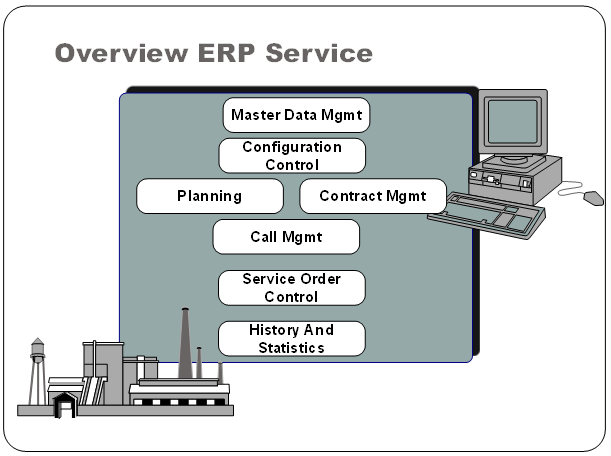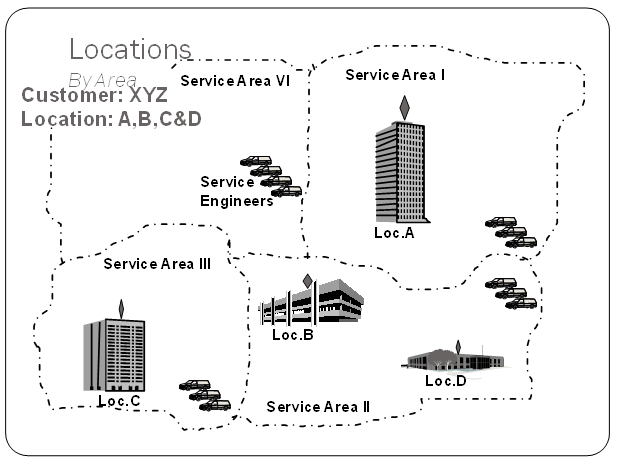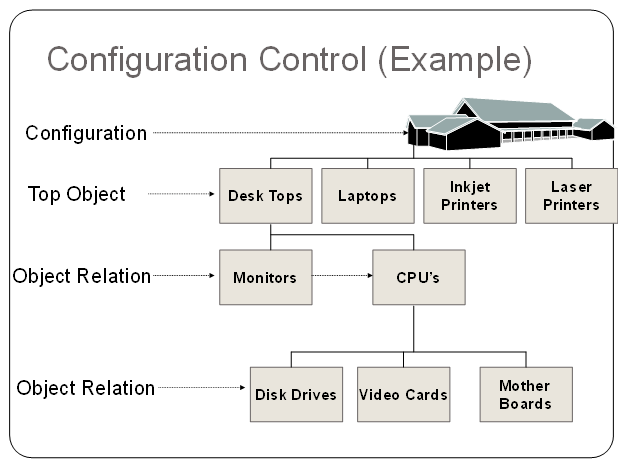Why are Companies Constantly Upgrading their ERP Systems?
February 7, 2025
 The World without Bankruptcy Laws
The World without Bankruptcy Laws
Bankruptcy is one of the natural states which a company may find itself in. Entrepreneurship is primarily about taking risks. When companies take risks, some of them succeed, whereas others fail. Hence failure is a natural part of the business. However, many critics of bankruptcy laws believe that there isn’t a need for an elaborate […]
 The Wirecard and Infosys Scandals are a Lesson on How NOT to Treat Whistleblowers
The Wirecard and Infosys Scandals are a Lesson on How NOT to Treat Whistleblowers
What is the Wirecard Scandal all about and Why it is a Wakeup Call for Whistleblowers Anyone who has been following financial and business news over the last couple of years would have heard about Wirecard, the embattled German payments firm that had to file for bankruptcy after serious and humungous frauds were uncovered leading […]
 Why the Digital Age Demands Decision Makers to be Like Elite Marines and Zen Monks
Why the Digital Age Demands Decision Makers to be Like Elite Marines and Zen Monks
How Modern Decision Makers Have to Confront Present Shock and Information Overload We live in times when Information Overload is getting the better of cognitive abilities to absorb and process the needed data and information to make informed decisions. In addition, the Digital Age has also engendered the Present Shock of Virality and Instant Gratification […]
 Why Indian Firms Must Strive for Strategic Autonomy in Their Geoeconomic Strategies
Why Indian Firms Must Strive for Strategic Autonomy in Their Geoeconomic Strategies
Geopolitics, Economics, and Geoeconomics In the evolving global trading and economic system, firms and corporates are impacted as much by the economic policies of nations as they are by the geopolitical and foreign policies. In other words, any global firm wishing to do business in the international sphere has to be cognizant of both the […]
 Why Government Should Not Invest Public Money in Sports Stadiums Used by Professional Franchises
Why Government Should Not Invest Public Money in Sports Stadiums Used by Professional Franchises
In the previous article, we have already come across some of the reasons why the government should not encourage funding of stadiums that are to be used by private franchises. We have already seen that the entire mechanism of government funding ends up being a regressive tax on the citizens of a particular city who […]
It is of utmost importance for any business enterprise to maintain their existing customers. A proper after sales service through quick response prompt delivery is needed for enhancing customer satisfaction. Service need may encompass scheduled as well as unscheduled maintenance, warranty management, defect identification etc.
Salient feature of a service related module:
Overview of ERP service module - This is best illustrated by the following schematic diagram:

It may be seen from the above that an ERP service module constitutes of following major components
Master Data Management: Master data management is used to set up service module and broadly consists of maintaining general service data, service organization data and service items data as per following details:
General Service data:
Service organization data: Service Centers
A typical service organization is depicted by the following schematic diagram:

Service item data: Following details are recorded under service item data:
Configuration Control (Installations) - Service bill of materials is used for maintenance of a standard product. For customized items a configuration which define product structure and consists of various objects, is needed to be defined. The concept is best illustrated by the following schematic diagram:

With the Item data of a delivered product and the customer (location) data, a Configuration is generated by entering a Configuration Code. Object is a component of a configuration which is an item sold plus its serial number. Warranty, replacement, and history of repairs are directly associated with objects. Objects are controlled by versions and version control is used to keep structural changes of a configuration.
Your email address will not be published. Required fields are marked *